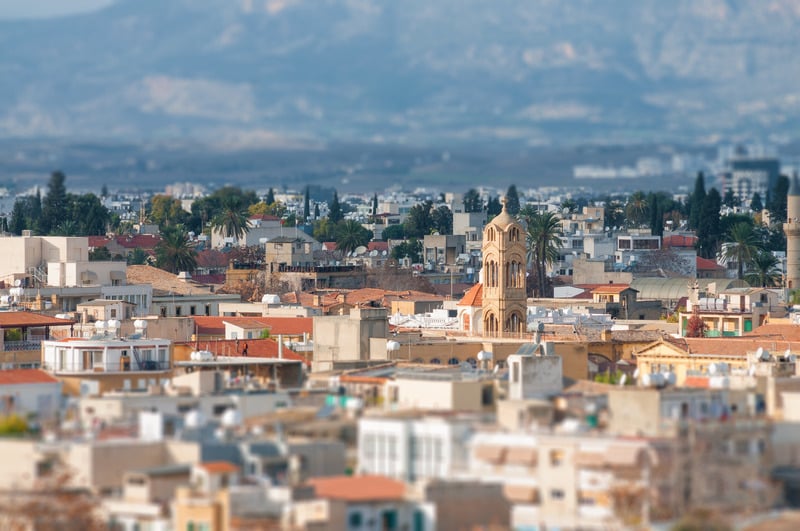Nicosia is the capital of both Northern Cyprus and the Republic of Cyprus. It is located near the center of the Mesaoria Plain, on the banks of the Pedieos River. Nicosia is the largest city on the island of Cyprus and has been continuously inhabited for over 4,500 years. The city has a rich and complex history, having been ruled by a number of different empires over the centuries, including the Greeks, Romans, Byzantines, Venetians, Ottomans, and British. pen_spark
A Brief History of Nicosia
Nicosia was founded in the 7th century BC by the Greeks. The city was conquered by the Romans in 58 BC and became an important center of Roman culture and administration. After the fall of the Roman Empire, Nicosia was ruled by the Byzantines, who built a massive wall around the city to protect it from invaders. In 1191, Nicosia was captured by the Crusaders, who held the city for over 300 years. In 1489, Nicosia was conquered by the Venetians, who ruled the city for over 200 years. In 1571, Nicosia was captured by the Ottomans, who ruled the city for over 300 years. In 1878, Cyprus was placed under British administration. In 1960, Cyprus gained independence from the United Kingdom and became a republic. However, the island was soon divided between the Greek and Turkish Cypriot communities. In 1974, Turkey invaded Cyprus and occupied the northern part of the island. Nicosia has been a divided city ever since.
What to See and Do in Nicosia
Despite its troubled history, Nicosia is a vibrant and cosmopolitan city with a lot to offer visitors. The city is home to a number of historical and cultural attractions, including:
The Venetian Walls:The Venetian Walls are a UNESCO World Heritage Site and are one of the most popular tourist attractions in Nicosia. The walls were built in the 16th century by the Venetians to protect the city from invaders. Today, the walls are a popular spot for walking, jogging, and cycling.
The Selimiye Mosque:The Selimiye Mosque was originally built as a Catholic cathedral in the 13th century. However, after the Ottoman conquest of Nicosia in 1571, the cathedral was converted into a mosque. The Selimiye Mosque is one of the largest mosques in Cyprus and is a stunning example of Ottoman architecture.
The Büyük Han:The Büyük Han is a 16th-century caravanserai that was once used as a stopover for travelers on the Silk Road. Today, the Büyük Han is a popular spot for shopping and dining.
The Cyprus Museum:The Cyprus Museum is the largest and most important museum in Cyprus. The museum houses a collection of artifacts that span over 10,000 years of Cypriot history.
Where to Stay in Nicosia
There are a number of hotels and apartments to choose from in Nicosia. If you are looking for a luxurious stay, there are a number of five-star hotels located in the city center. If you are on a budget, there are also a number of affordable hotels and guesthouses available.
Additional Information:
Population: 358,504 (2021 estimate)
Climate: Mediterranean climate with hot, dry summers and mild, wet winters.
Currency: Turkish lira (TRY) Language: Turkish (official), Greek (official), English (widely










